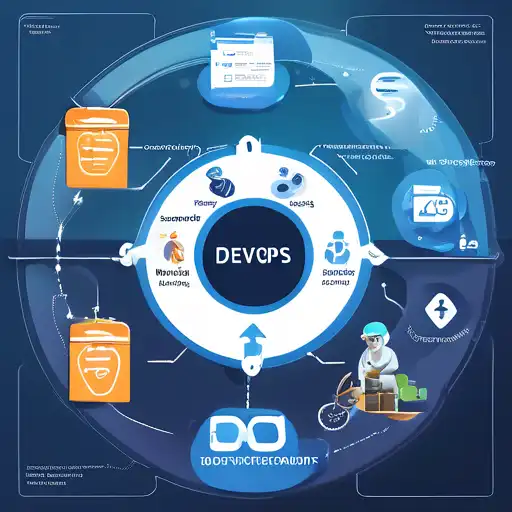Introduction to DevOps in Software Development
DevOps has revolutionized the way software is developed, deployed, and maintained. By bridging the gap between development and operations teams, DevOps practices ensure a smoother, more efficient software development lifecycle (SDLC). This article explores the myriad ways DevOps enhances the SDLC, from improved collaboration to faster delivery times.
The Core Benefits of DevOps
DevOps brings several key benefits to the software development process, including:
- Improved Collaboration: DevOps fosters a culture of collaboration between developers and operations teams, breaking down silos and enhancing communication.
- Increased Efficiency: Automation tools in DevOps streamline processes, reducing manual errors and speeding up development cycles.
- Faster Time to Market: Continuous integration and continuous delivery (CI/CD) practices enable quicker releases, giving businesses a competitive edge.
- Enhanced Quality: Automated testing and monitoring ensure higher quality software with fewer bugs.
DevOps Practices That Transform the SDLC
Several DevOps practices are pivotal in transforming the SDLC:
- Continuous Integration and Continuous Delivery (CI/CD): These practices allow for the automatic testing and deployment of code changes, facilitating frequent and reliable releases.
- Infrastructure as Code (IaC): IaC enables the management of infrastructure through code, improving consistency and reducing setup times.
- Monitoring and Logging: Real-time monitoring and logging help in quickly identifying and resolving issues, ensuring system reliability.
- Microservices Architecture: Adopting microservices allows for the development of scalable and flexible applications, aligning with DevOps principles.
Implementing DevOps: A Step-by-Step Approach
Adopting DevOps requires a strategic approach:
- Assess Current Processes: Evaluate existing development and operations workflows to identify areas for improvement.
- Define Clear Objectives: Set specific, measurable goals for what you aim to achieve with DevOps.
- Choose the Right Tools: Select DevOps tools that best fit your team's needs, such as Jenkins for CI/CD or Docker for containerization.
- Foster a DevOps Culture: Encourage collaboration and continuous learning among team members.
- Monitor and Optimize: Continuously monitor the effectiveness of DevOps practices and make adjustments as needed.
Conclusion
DevOps is not just a set of practices but a culture that, when properly implemented, can significantly improve the software development lifecycle. By embracing DevOps, organizations can achieve faster delivery times, higher quality software, and better collaboration among teams. As the software industry continues to evolve, DevOps will remain a key driver of innovation and efficiency.
For more insights into optimizing your development processes, explore our articles on Continuous Integration and Agile Methodology.
